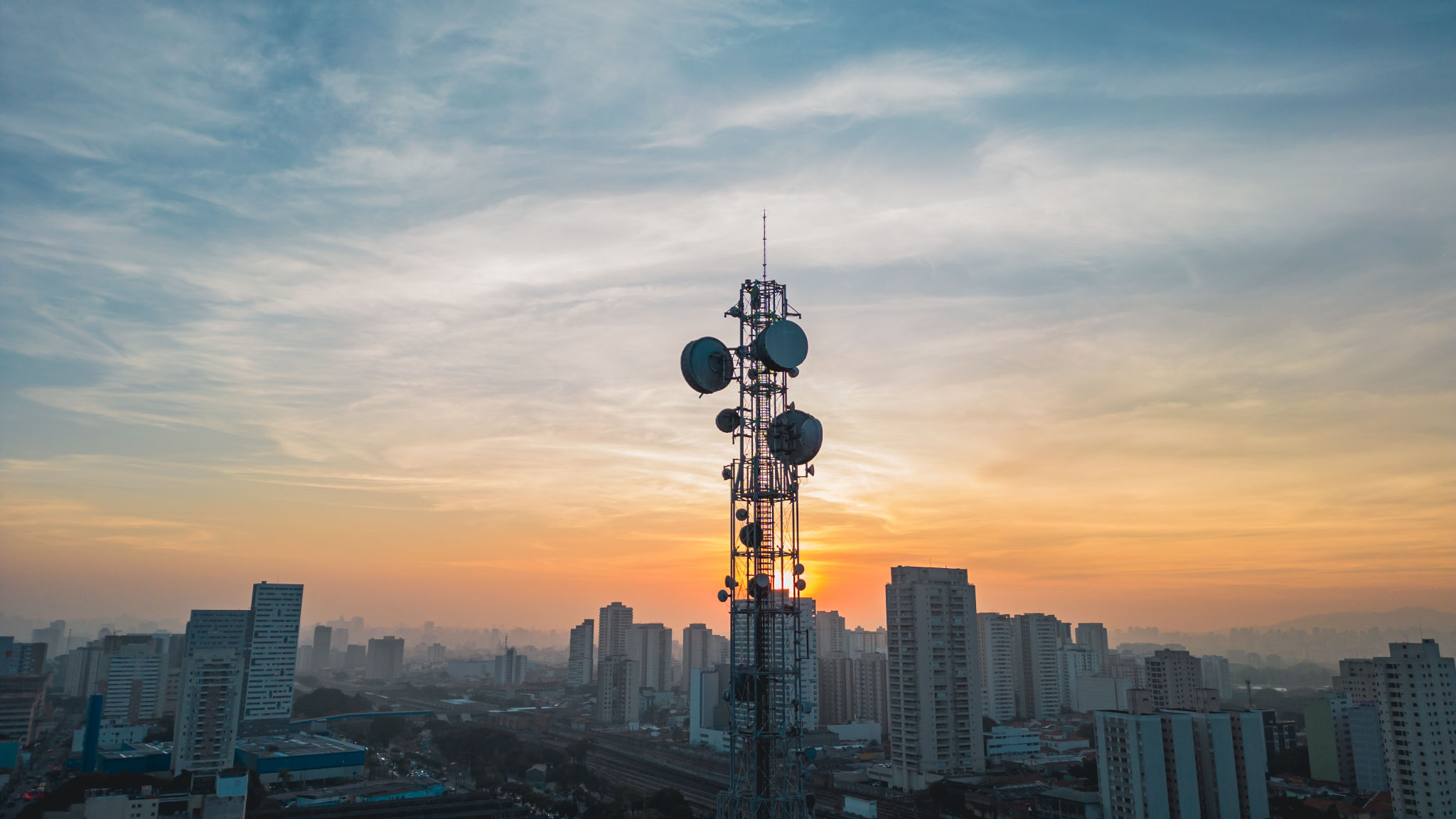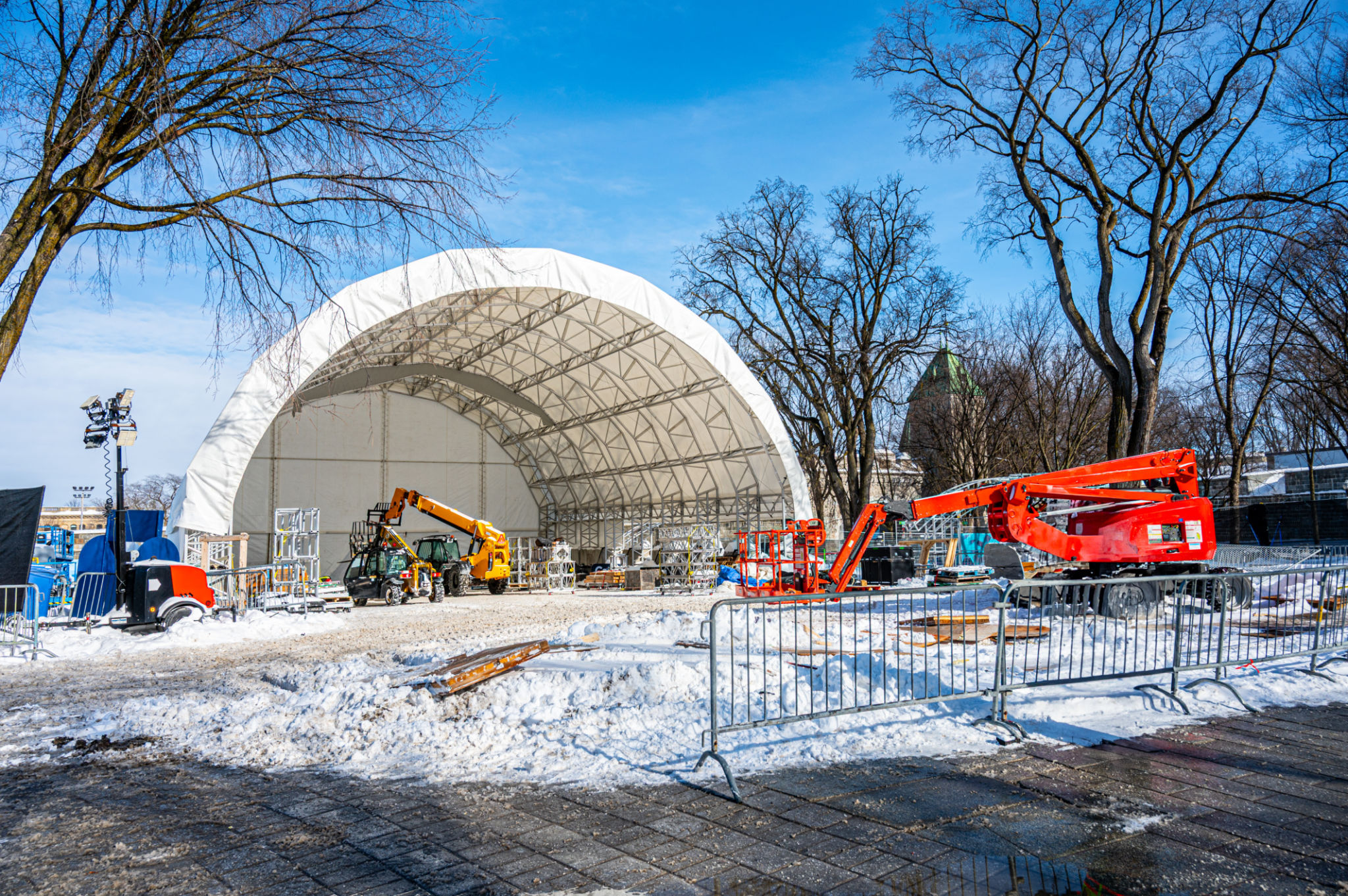The Process of Telecom Tower Dismantling Services in the Philippines: A Step-by-Step Guide
The telecommunications landscape in the Philippines is rapidly evolving, and with it comes the need for upgrading and dismantling existing infrastructure. Telecom tower dismantling is a crucial part of this process, ensuring that outdated structures are safely removed to make way for newer, more efficient technology. This guide will walk you through the step-by-step process of telecom tower dismantling services in the Philippines.
Initial Assessment and Planning
Before any dismantling begins, a comprehensive assessment of the telecom tower is conducted. This involves evaluating the structure's condition, understanding its location, and determining any potential environmental impacts. The planning phase is critical as it sets the foundation for a safe and efficient dismantling process.
The planning team also coordinates with local authorities to ensure compliance with regulatory requirements. This includes obtaining necessary permits and ensuring that all environmental guidelines are followed to minimize any adverse effects on the surrounding area.

Site Preparation
Once the assessment and planning stages are complete, the next step is site preparation. This involves securing the area around the tower to ensure the safety of both workers and the public. Safety barriers are erected, and signage is placed to alert nearby residents and businesses of the ongoing work.
Additionally, any equipment and materials needed for the dismantling are transported to the site. This includes cranes, cutting tools, and safety gear. Proper site preparation is essential to prevent accidents and ensure a smooth dismantling process.
Dismantling Process
The actual dismantling of the telecom tower is a complex process that requires skilled technicians and specialized equipment. The process typically begins with the removal of antennas and other external attachments. These components are carefully detached and lowered to the ground using cranes.
Following this, the structural components of the tower are systematically dismantled from top to bottom. Each section is carefully cut and lowered to ensure that no debris causes damage to the surrounding area. Throughout this process, adherence to safety protocols is paramount.

Waste Management and Recycling
After dismantling, proper waste management practices are followed to handle debris and materials. Many components of telecom towers can be recycled or repurposed, reducing environmental impact. Metal parts are often sent to recycling facilities, while electronic components are disposed of following e-waste guidelines.
The goal is to minimize landfill use by maximizing recycling efforts. This not only benefits the environment but also helps companies comply with environmental regulations.
Site Restoration
Once the dismantling and waste management processes are complete, attention turns to site restoration. This involves cleaning up any remaining debris and restoring the area to its original state as much as possible. Landscaping may be performed if necessary to blend the site with its surroundings.

Site restoration is an important step that ensures no lasting damage is left behind, maintaining community trust and supporting future development projects.
Conclusion
The process of telecom tower dismantling in the Philippines is a meticulous task that involves careful planning, execution, and follow-up. By following these step-by-step guidelines, companies can ensure that dismantling projects are conducted safely, efficiently, and with minimal environmental impact. As telecommunications technology continues to advance, such processes will remain essential in keeping up with the dynamic demands of connectivity in the region.
